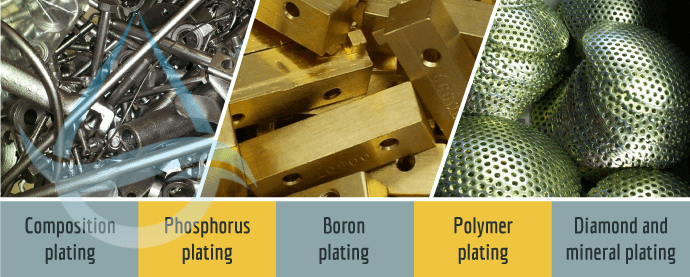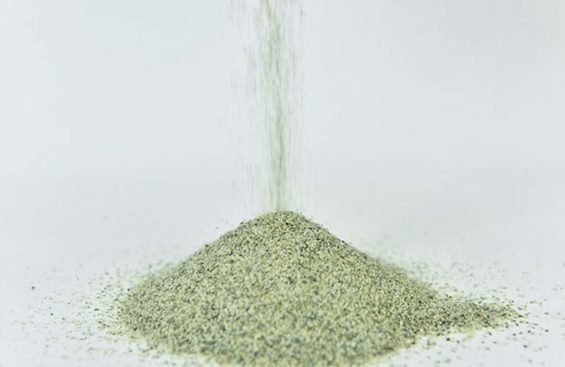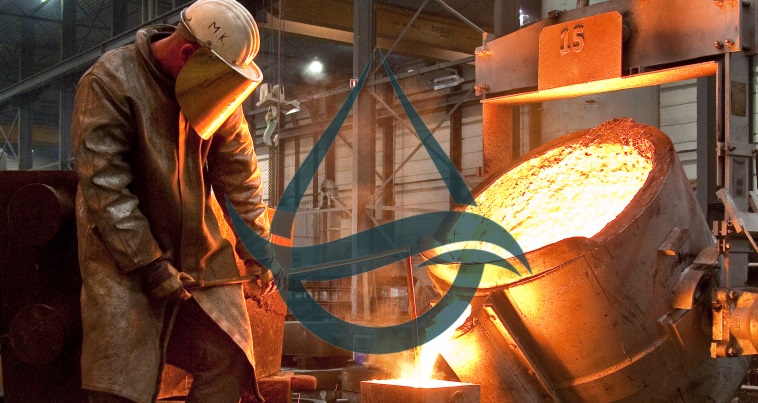Caustic soda, also known as sodium hydroxide or NaOH, plays a crucial role in the metal plating industry. This highly corrosive substance is used for various purposes, including cleaning and etching metal surfaces, as well as adjusting pH levels in plating baths. In this essay, we will discuss the significance of caustic soda in the metal plating industry, its applications, and the precautions that need to be taken while using it.
Metal Industries
By using high-quality additives, metal industries can ensure the desired properties and performance of metals, which leads to the production of reliable and durable final products.
Definition
Olivine is a mineral that belongs to the silicate group, specifically to the orthosilicate subclass. It is commonly found in igneous rocks such as basalt and gabbro, as well as in some metamorphic environments. This mineral derives its name from its olive-green color, which can vary from pale to dark green depending on its iron and magnesium content. Olivine is comprised of a solid solution of two different minerals, forsterite and fayalite, giving it a chemical formula of (Mg,Fe)2SiO4. The specific composition of olivine can vary depending on the ratio of these two minerals, with forsterite containing more magnesium and fayalite containing more iron.
Introduction to Open Bottom Inductive Furnaces
Open bottom Inductive furnaces have revolutionized various industrial processes by utilizing electromagnetic induction to generate high levels of heat. Among the different types of inductive furnaces, open bottom inductive furnaces have gained significant attention for their unique design and exceptional performance. This article aims to provide a comprehensive understanding of open bottom inductive furnaces and their application in conjunction with olivine sand.
Introduction to inductive arc furnaces and EBT value
Introduction to inductive arc furnaces and EBT value
inductive arc furnaces and EBT value
Inductive arc furnaces play a vital role in various industrial processes, particularly in the melting and refining of metals. To ensure optimal performance and efficiency, maintaining the EBT (Eccentric Bottom Tapping) value of these furnaces is essential. The EBT value refers to the distance between the furnace’s electrode and the molten bath. However, numerous challenges arise in sustaining the desired EBT value, such as erosion, wear, and refractory lining degradation. In recent years, the usage of olivine sand as a filling material for the EBT value has gained significant attention due to its promising properties. This article explores the potential of olivine sand as an effective solution for maintaining the EBT value in inductive arc furnaces. It delves into the benefits, experimental studies, application procedures, performance evaluation, and future prospects of using olivine sand as an EBT filler.
Olivine Sand Metal foundry
Olivine Sand: Enhancing Metal Casting Quality with Remarkable Properties
In the realm of metal casting, the quality of foundry sand plays a crucial role in determining the overall outcome of the final product. Among the various types of foundry sands available, olivine sand stands out for its exceptional properties and significant impact on the final product’s quality. In this article, we will delve into the importance of olivine sand, addressing its unique characteristics and highlighting its contributions to achieving superior casting results.
Largest Producers of Olivine Sand
Introduction:
Olivine sand, a mineral commonly used in foundry applications, has gained significant importance due to its unique properties. This essay aims to shed light on the largest global producers of olivine sand, highlighting their annual production volumes. Understanding the regional distribution of this vital resource is crucial for various industries that heavily rely on its availability for their manufacturing processes.
Metal Foundry Industries Worldwide
Introduction :
Metal foundry industries play a pivotal role in various sectors, from manufacturing to construction, transportation, and beyond. Foundries are crucial for producing a wide array of metal goods, ranging from intricate components to massive structures. This essay aims to explore the global metal foundry industry, including its significance, major players, and their respective countries.
EBT Tundish sand
Definition:
Tundish sand is a type of refractory material that plays a critical role in the steelmaking process. As a college student, it is important to comprehend the applications and significance of this material, as it contributes to the production of high-quality steel. This essay aims to discuss Tundish sand and its various applications in the steel industry.
Olıvıne sand applıcatıons
Olivine sand, a mineral composed of magnesium iron silicate, finds diverse applications across various industries.
Its high-quality characteristics make it a crucial component in the production of final products.
In the foundry industry, olivine sand is used as a molding material due to its exceptional thermal stability and resistance to heat.
This enables the creation of intricate metal castings with precise detail, ensuring superior product quality.
Olivine sand’s ability to withstand high temperatures also prevents defects such as veining and burn-in during the casting process.








